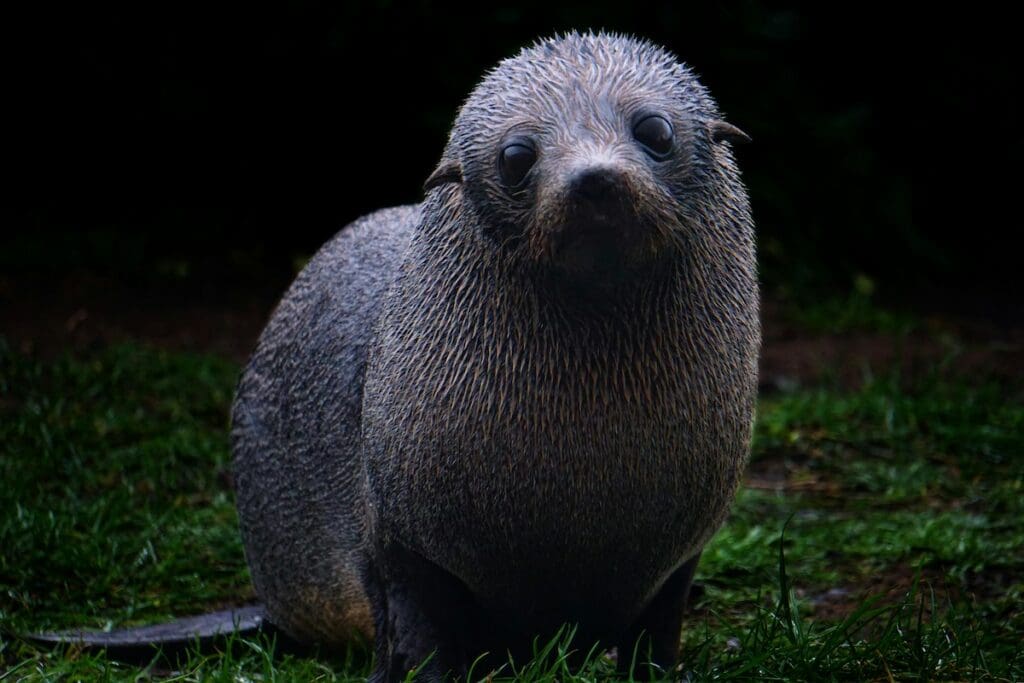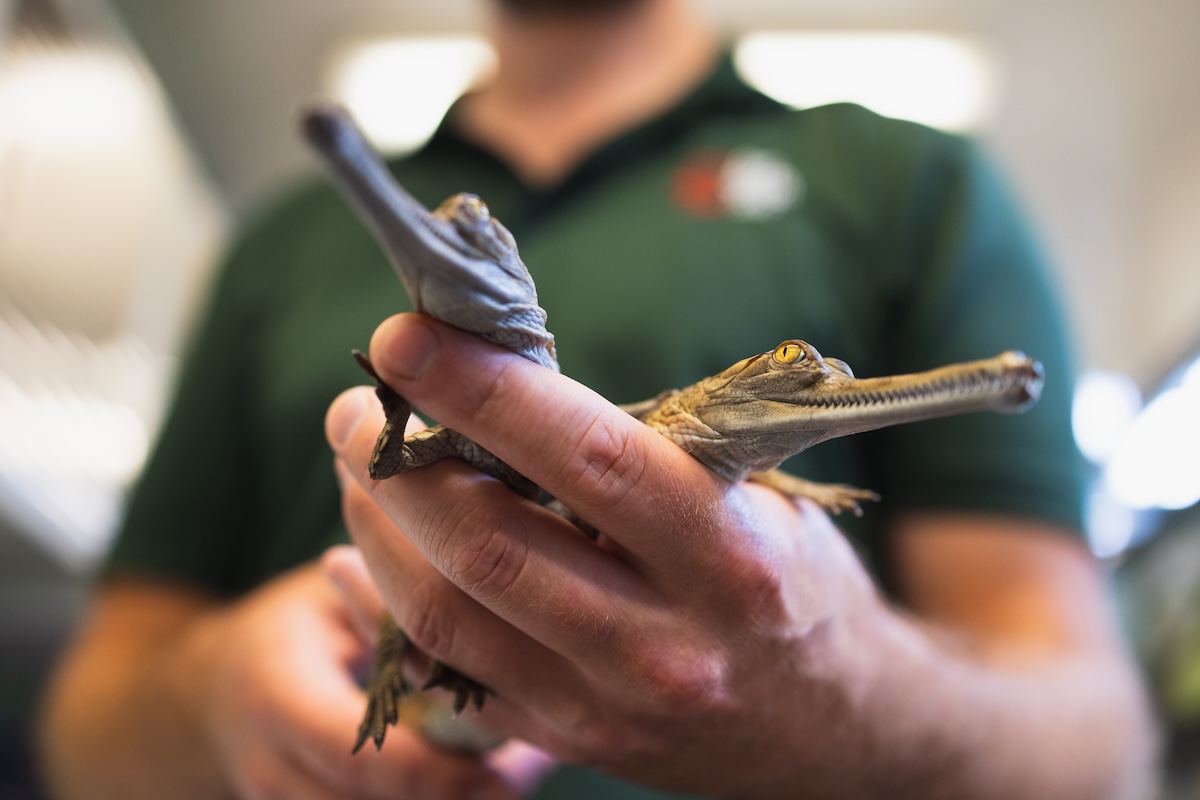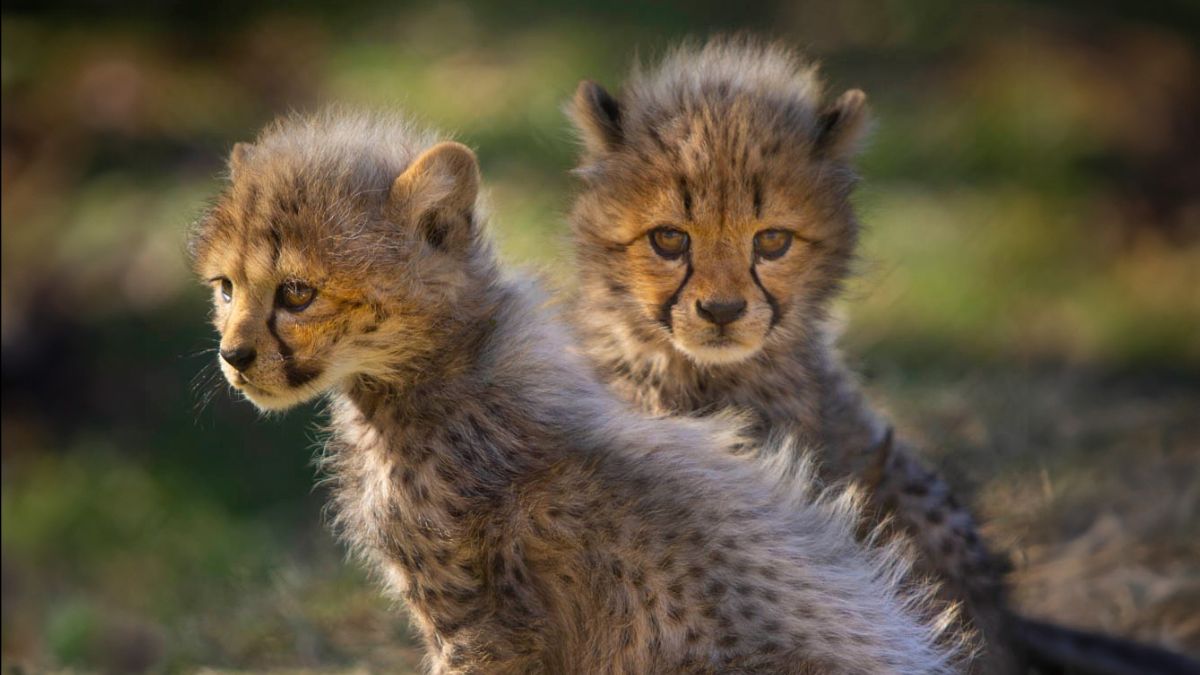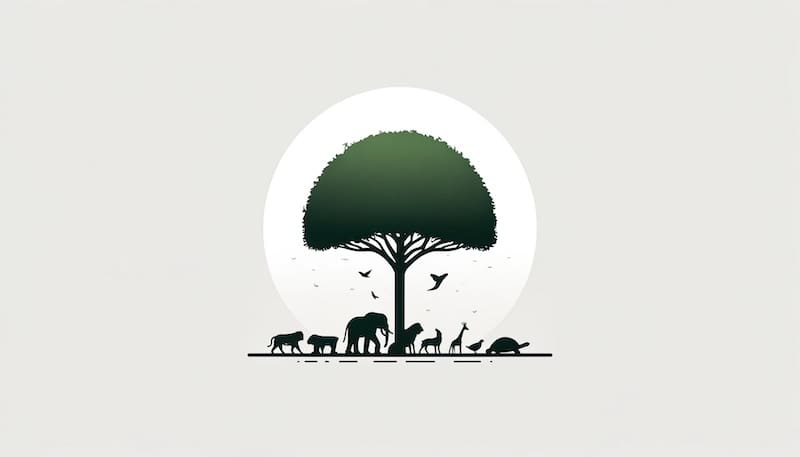What is Animal Conservation?

Zoos and aquariums are more than just places to see animals; they are vital centers for conservation and education, playing a critical role in the fight to save species from extinction and preserve biodiversity. This article sheds light on how these institutions, along with various conservation groups, work tirelessly to ensure the survival and health of wildlife around the world.
Animal conservation is the practice of protecting wild animals and their habitats to prevent species from becoming endangered or extinct. This involves a variety of strategies including habitat restoration, wildlife rescue, breeding programs, and education efforts aimed at promoting awareness about the importance of biodiversity.
Conservation Efforts at Zoos and Aquariums
Breeding Programs
Many zoos and aquariums participate in captive breeding programs to increase the population sizes of endangered species, carefully managing their genetic diversity. These programs often provide a lifeline for species that are struggling in the wild due to habitat loss, poaching, or other threats.
Habitat Preservation
Zoos and aquariums also contribute to habitat preservation efforts. They support, fund, and sometimes directly manage projects that protect natural habitats. These projects often involve local communities and aim to create sustainable environments where wildlife can thrive.
Rescue and Rehabilitation
Rescue and rehabilitation efforts are crucial, especially during environmental crises such as oil spills or when animals are found injured. Zoos and aquariums have the expertise and facilities to care for these animals, nursing them back to health with the ultimate goal of returning them to the wild.
Education and Outreach
Educating the public about conservation issues is another critical role of zoos and aquariums. Through educational programs, exhibits, and talks, they raise awareness about the challenges facing wildlife and the importance of conservation efforts. These programs inspire visitors to take action and contribute to conservation in their own lives.
Collaborating with Conservation Groups
Zoos and aquariums often work in partnership with conservation organizations, such as the World Wildlife Fund (WWF), the Conservation International, and local groups. These collaborations help to amplify their efforts and ensure a greater impact. By combining resources, sharing knowledge, and promoting conservation initiatives, these partnerships play a crucial role in global conservation strategies.
Examples of Successful Conservation Initiatives
- The California Condor Recovery Program: Many zoos, including the San Diego Zoo, participate in breeding and reintroduction efforts for the California condor, a species once on the brink of extinction.
- Coral Reef Restoration Projects: Aquariums across the globe are actively involved in coral cultivation and reef restoration projects to combat the effects of climate change and pollution on marine ecosystems.
Zoos and aquariums are essential allies in the fight to save endangered species and protect natural habitats. Their work in animal conservation, supported by collaborations with global and local conservation groups, ensures that future generations may enjoy a world teeming with biodiversity. By supporting these institutions, visitors contribute not just to the care of the animals they see but also to broader conservation efforts that span the globe.





